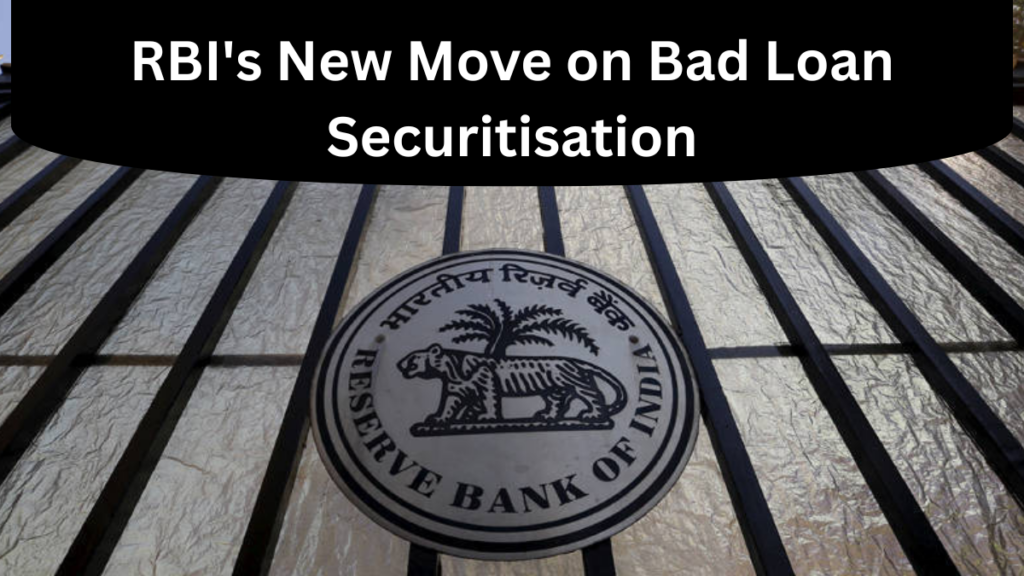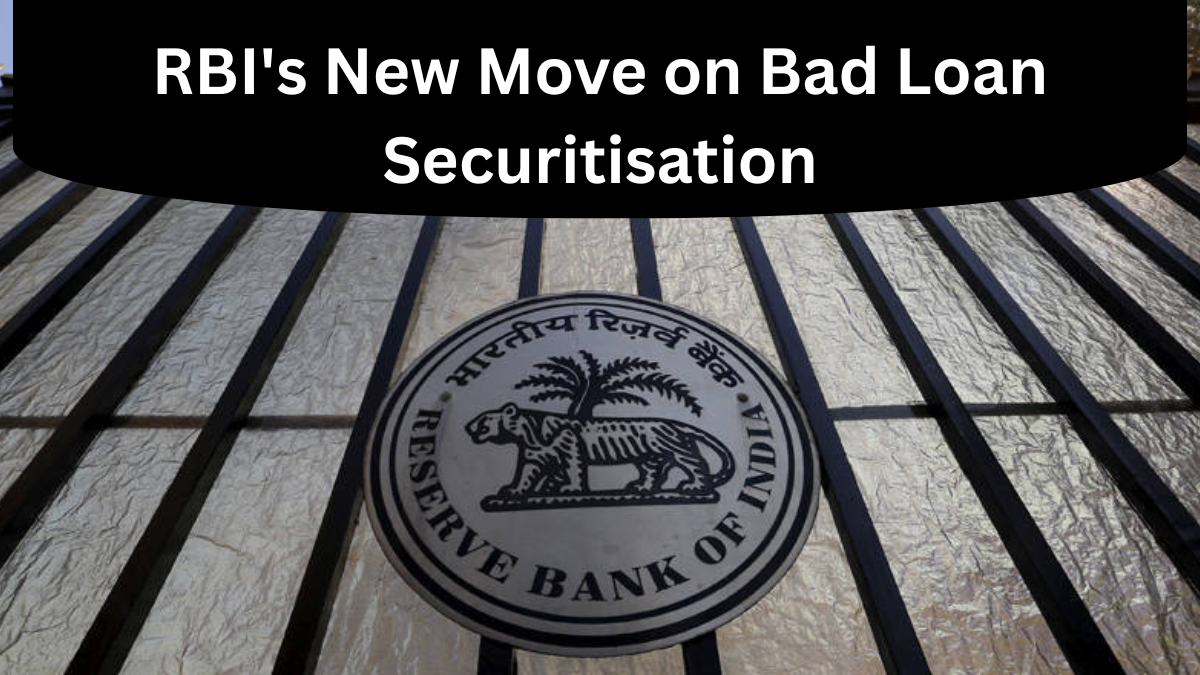In a landmark step, the Reserve Bank of India (RBI) is paving the way for deeper participation in the country’s debt market by allowing banks and lenders to bundle stressed loans into tradable securities. This move is expected to attract foreign portfolio investors (FPIs) and private credit funds, say analysts and market participants.

What Has the RBI Proposed?
The RBI has now allowed market-driven securitisation of stressed assets, extending beyond just standard loans that are performing on schedule. This expansion enables lenders to group together personal, retail, or small corporate bad loans and trade them in the financial markets.
Key Highlights:
-
Securitisation extended to include stressed or non-performing loans.
-
Banks can offload bad loans more efficiently.
-
Creates new high-yield opportunities for investors.
-
Helps develop a more robust and liquid debt market.
The Numbers That Matter
| Key Metric | Value |
|---|---|
| Securitised standard loan volume (2024–25) | ₹2.3 trillion ($26.74 billion) |
| Expected rise in bad loan ratio by March 2026 | From 2.6% (Sept 2023) to 3% |
| Share of fresh bad loans in retail (Apr–Sep 2023) | 52% (primarily personal loans & credit card debt) |
Why This Matters: Benefits for Banks and Investors
For Banks:
-
Reduces the burden of bad loans on their books.
-
Improves capital adequacy, enabling new lending.
-
Offers better alternatives than selling to ARCs at steep haircuts (90–95%).
For Investors:
-
Gain access to high-return investment options.
-
Diversifies exposure beyond traditional bonds.
-
Attracts FPIs and private credit funds looking for emerging market yields.
Industry Voices: What Experts Are Saying
“This move is strategic. It lightens banks’ balance sheets and opens new channels for investor participation,”
– Hari Hara Mishra, CEO, Association of ARCs in India
“The yields from such securitised pools could rival junk bonds or distressed asset investments,”
– Ajit Velonie, Senior Director, Crisil Ratings
“Valuing these deals will be complex. Multiple micro-level factors influence pricing,”
– Manisha Shroff, Partner, Khaitan & Co.
Key Challenges to Watch
While this reform opens new doors, it also brings some hurdles that need careful navigation:
-
Pricing Complexity: Dependent on asset quality, recovery rates, historical default data, and investor sentiment.
-
Slow Legal Recovery: India’s judicial process can delay recoveries, dampening investor enthusiasm.
-
Regulatory Framework: Complexity in securitisation regulations may need to be ironed out to ensure smooth transactions.
Growing Global Interest
High-yield debt instruments from emerging markets like India are already on the radar of global distressed debt funds, especially from the U.S. and Europe.
“Global distressed funds are always looking for scalable, high-yield opportunities—and India offers just that,”
– Sankar Chakraborti, CEO, Acuite Ratings and Research
Quick Overview Table
| Stakeholder | Advantage |
|---|---|
| Banks | Easier offloading of bad loans, more capital to lend |
| Investors | Attractive high-yield securities in a new market segment |
| Debt Market | Improved liquidity, participation, and risk diversification |
| Regulators | Step toward a more resilient financial ecosystem |
FAQs
Q1. What is securitisation of stressed assets?
Securitisation of stressed assets is the process by which banks package bad loans (non-performing or overdue) into marketable securities and sell them to investors.
Q2. How does this benefit the Indian banking sector?
It helps banks reduce the burden of bad loans, free up capital for fresh lending, and avoid steep haircuts when selling to ARCs.
Q3. Who are the likely investors in these securitised loans?
Foreign portfolio investors, private credit funds, and global distressed asset investors are expected to show interest in these high-yield securities.
Q4. What are the potential risks in investing in such instruments?
Key risks include delays in loan recovery, unpredictable default rates, complex valuation, and regulatory uncertainty.
Click here to learn more
Pari is a passionate writer known for captivating stories that blend imagination and reality. Inspired by travel, history, and everyday moments, Pari crafts narratives that resonate deeply with readers.
